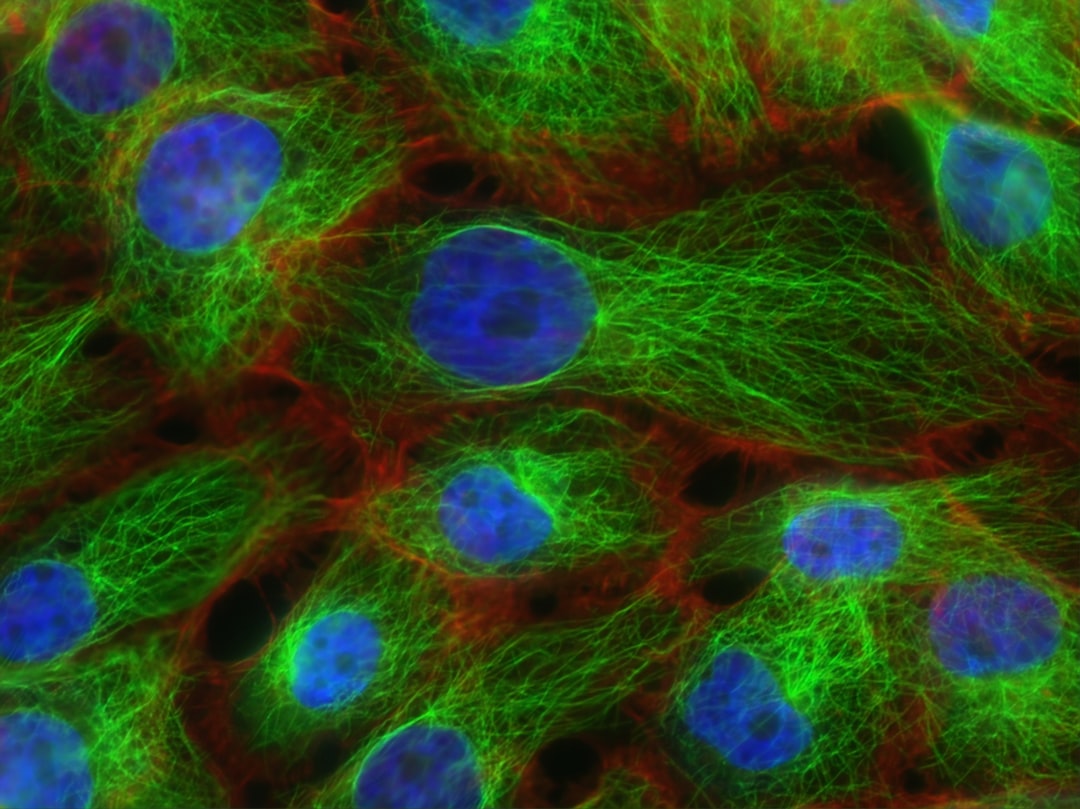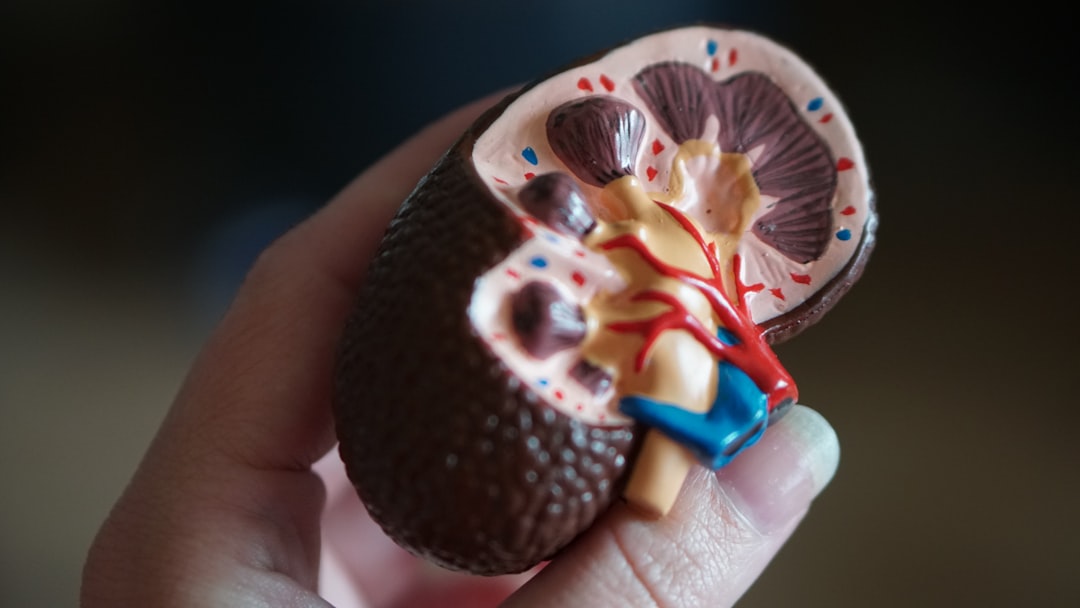What is it about?
Streptococcus pneumoniae (pneumococcus), harmlessly resides in human nasopharynx, but at times turn pathogenic and invade sterile body compartments resulting in fatal diseases such as pneumonia and meningitis. Pneumolysin, a pore-forming toxin expressed by pneumococci, is mainly responsible for the excessive tissue injury associated with these diseases. Interestingly, a subset of pneumococci belonging to serotype 1 ST306 express a pneumolysin variant that does not form pores on host cells. We determined the structure of this pneumolysin variant and identified key features responsible for loss of its pore forming ability. We found that pneumococci expressing this non-pore forming variant have better ability to penetrate host cells of the lower respiratory tract than other pneumococci and survive inside these cells for prolonged periods. Critically, host inflammation and tissue damage was also markedly lower when infected with pneumococci expressing this pneumolysin variant. Taken together, our study reveals that expression of this non-pore forming pneumolysin variant enables pneumococci to occupy a novel intracellular niche in the host lower respiratory tract in a benign manner.
Featured Image

Photo by CDC on Unsplash
Why is it important?
Although expression of pneumolysin is advantageous for pneumococci in many ways, its pore forming activity and ensuing inflammation and tissue damage tips the balance against the bacterium as associated host mortality results in loss of its reservoirs. This is particularly important for pneumococcus as humans are the major environmental reservoir for this bug. Interestingly, unlike other pneumococci, the subset belonging to serotype 1 ST306 have limited nasopharyngeal colonization capacity. We believe that ST306 isolates might have evolved by incorporating loss of (pore forming) function mutations in the pneumolysin gene to compensate for the limited nasopharyngeal carriage capacity by adapting to an alternate niche in the lower respiratory tract.
Perspectives
Results of this study reveal significantly reduced inflammation and mortality despite improved bacterial persistence in host infected with pneumococcal isolates expressing a non-pore forming variant of pneumolysin. This fits perfectly into the “virulence transmission trade-off” hypothesis which propose that pathogens will evolve towards intermediate levels of virulence. Limited ability to colonize the nasopharynx might have relieved the selection pressure to maintain the pore forming pneumolysin (whose pore formation and ensuing inflammation would normally have assisted in onward transmission) and steered its evolutionary trajectory to loose its pore forming ability, to facilitate adaptation to an alternate niche within the host.
Dr. Anirban Banerjee
Indian Institute of Technology Bombay
Read the Original
This page is a summary of: Structural insights into loss of function of a pore forming toxin and its role in pneumococcal adaptation to an intracellular lifestyle, PLoS Pathogens, November 2020, PLOS,
DOI: 10.1371/journal.ppat.1009016.
You can read the full text:
Resources
Contributors
The following have contributed to this page










